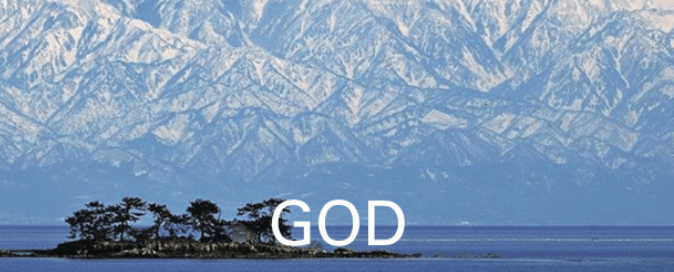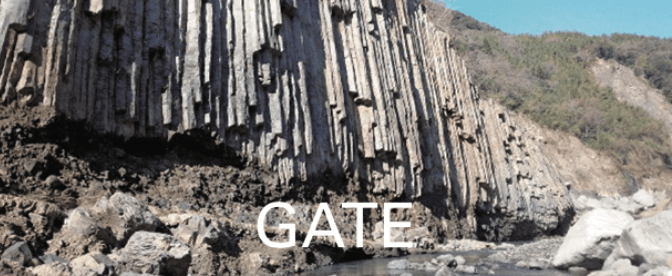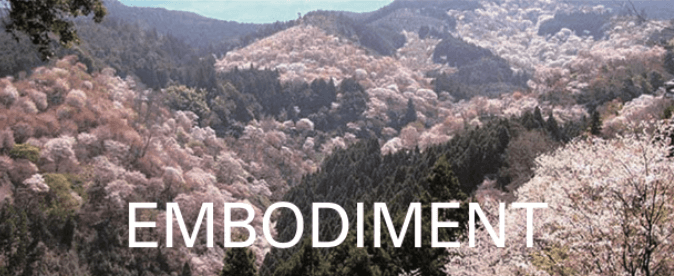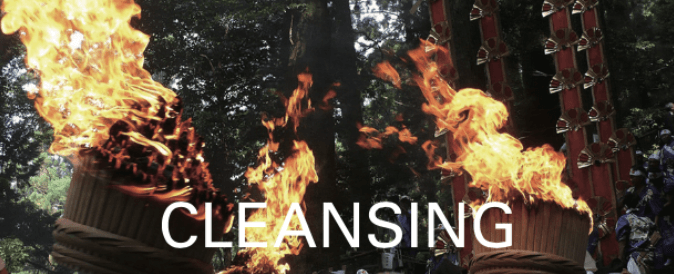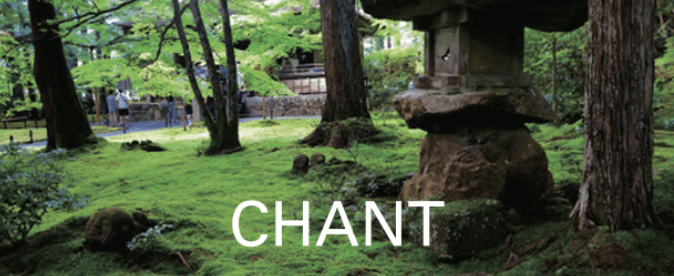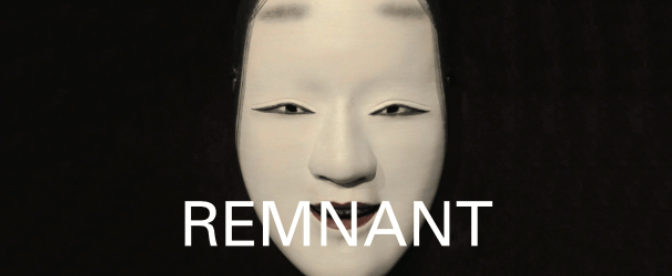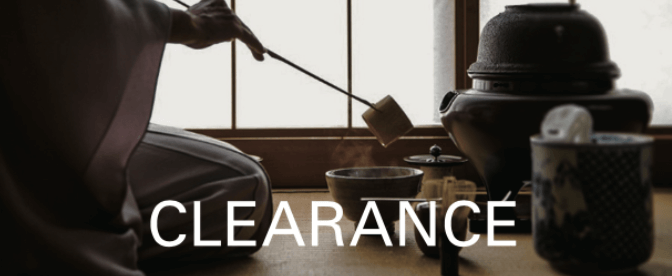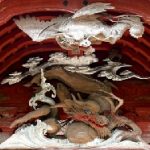
This temple is located on the mid slope of Mt. Takakurasan, overlooking the Pacific Ocean, in the front of Kamogawa Chiba. It is said to have been founded by Roben Sojo (689 – 773), a monk of the Kegon sect and the founder of Todaiji Temple Nara, in the Nara period (710 – 794).
The Fudodo, the hall dedicated to the Fudo Myoo (Wisdom Kings), was built in 1802 in the latter part of the Edo period (1603 – 1868). It worships the principle image of this hall, the wood statue of Fudo Myoo (Wisdom Kings), to lead people with austerity, from the latter part of the Kamakura period (1185 – 1333). This hall is closed to the public, except for the Setsubun-e, a traditional bean-throwing event at the end of the winter, on February 3 each year.
The front of this hall has a dragon sculpture made by Takeshi Ihachiro Nobuyoshi (1751 – 1824), who is also known as “Nami (Wave) of Ihachi.” He was Miyabori-shi, a sculptor of temples and shrines and carved waves at Ranma, transom. The instantaneous movement of the waves carved by Ihachiro is comparable to that of modern high-sensitivity cameras. Ihachi’s dragon has protected this hall for over 200 years.
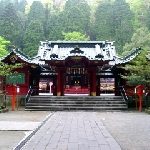
In 757, High Priest Mangan Shonin founded Hakone Shrine. He enshrined Kuzuryu Ookami, as a guardian deity of Lake Ashinoko, after he exorcised Kuzuryu, the Venomous Nine-headed Dragon, and Vasuki (snake) of the Hindu mythology, India, which had raged in the lake.
The lake water of Lake Ashinoko springs from the surrounding mountains. Many large trees sleep on the bottom of Lake Ashinoko, which was dammed by the collapse of the volcanic edifice. This Kuzuryu legend also conveys the connection among fire, water and life.
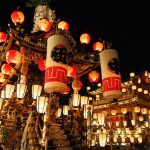
The town originally built around this shrine was the main center of produced goods. It was called Omiyago, the Omiya Village. There is Mt. Bukouzan (1304m) on the south extension of the shrine and the approach to the shrine, a sacred place that worshiped Mt. Bukouzan as Kannabi, a holy mountain.
The Chichibu-yomatsuri, the night parade float festival, tells the story of the god of Mt. Bukouzan and the goddess of Chichibu Shrine, who meet once-a-year. This night festival intertwined with the history of faith and the climate in Chichibu inherits the magnificent splendor of Chichibu that created the history of Japan.
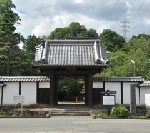
This temple was founded by Shinou Soken, a monk of the Soto school of Zen in the Age of Provincial Wars in the 15th – 16th centuries. There is a spring called Ryuosui, sacred water, at the precincts, which is said to have sprung when Soken converted the evil dragon living beneath Takaiwa cliff on the north side of Shingendutsumi, river embankments that divert the river’s course.
This temple was a temple of the Buddhist Shingon sect in the ancient times, and the temple name of Jisho, illuminated Mercy, came from Mt. Fuji, which is located on the south side of the Akasaka plateau and faces this temple. The springs from the mountains and rivers has been worshiped as being connected to awe-inspiring, multi-layered structures on Japanese Islands.
